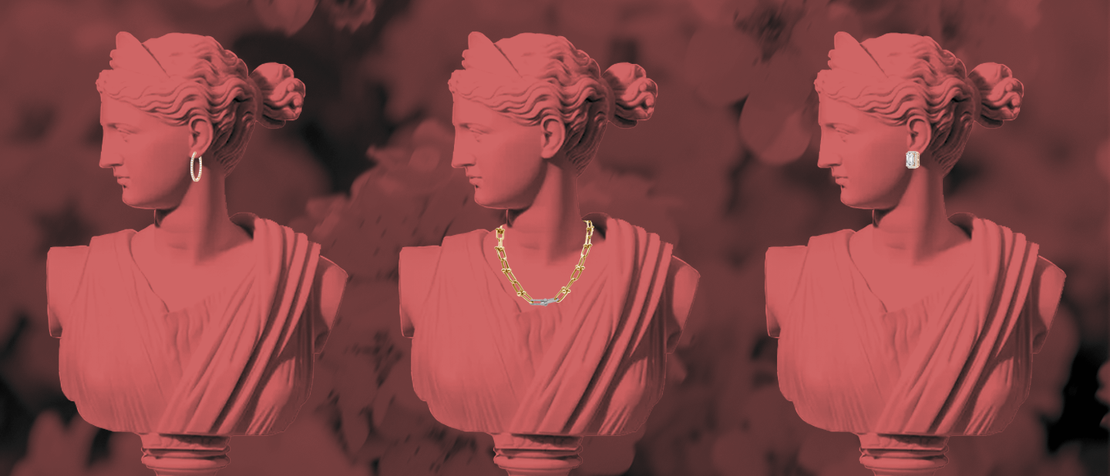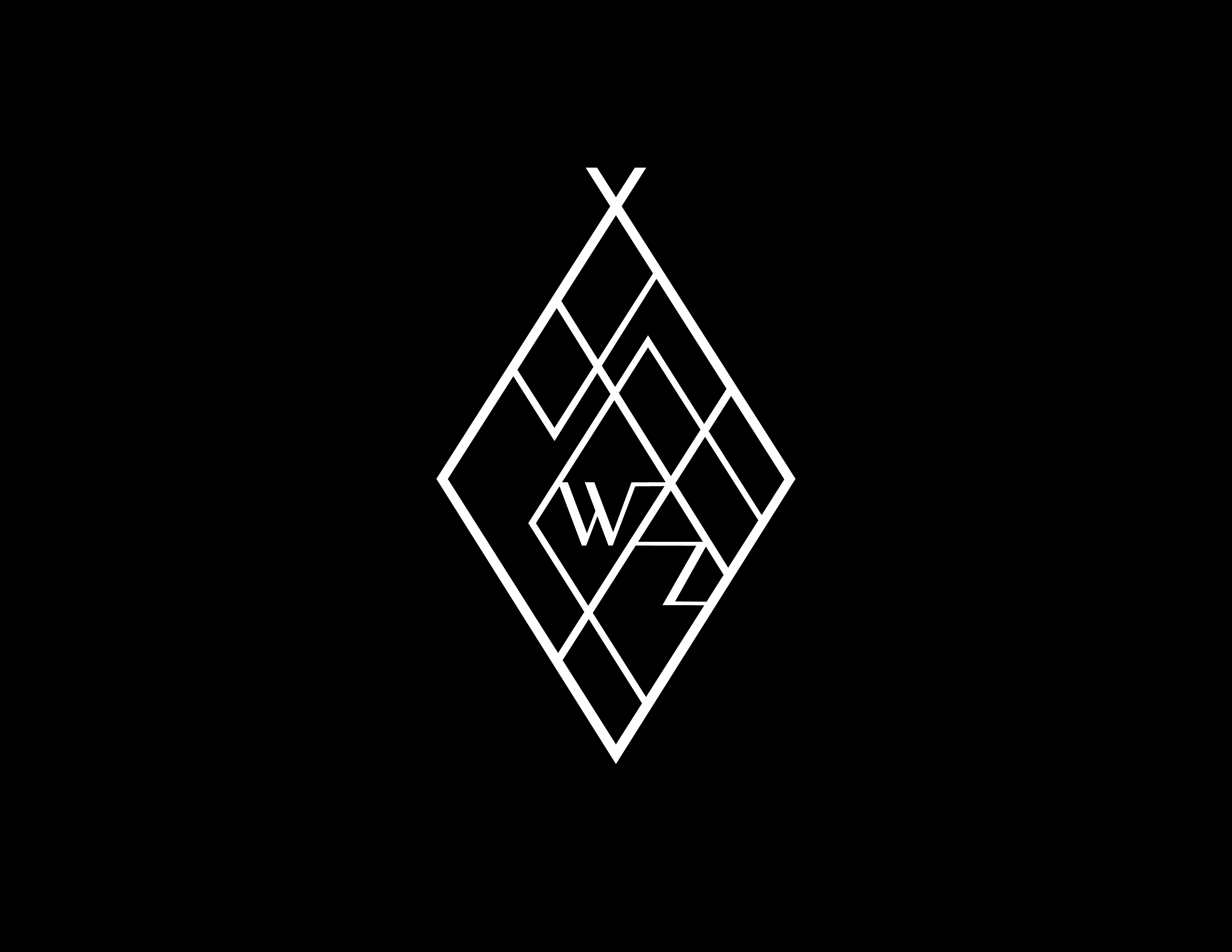FAQ
How long will it take to get my order?
In-stock items will ship within 1-3 business days after purchase. Made-to-order and out of stock items will ship within 3-4 weeks, unless otherwise specified. A tracking number will be provided to you via email when the order has been sent. Should you require a made-to-order item to be expedited, please contact orders@waltzdiamonds.com and we will prioritize your order to the fullest extent we are able.
We offer free FedEx & UPS shipping on every US order.
To make your purchasing experience as stress-free as possible, we also offer free return shipping on all orders from the US. Most of our Lab-grown items are made-to-order, which will take up to 14 business days from purchase to arrival. All orders are shipped via FedEx or UPS and are scheduled to arrive on or before 14 business days from the moment of purchase. Some orders may arrive earlier than the expected delivery date if they are ready.
Waltz is committed to delivering every order as quickly as possible. However, delivery delays due to inclement weather conditions, carrier delays, or incorrect addresses are beyond our control and may result in an unavoidable delay in your delivery.
Where is your jewelry made?
We proudly crafted all of our lab-created diamond jewelry here in the US. Our Pre-loved collection is sourced, evaluated, inspected and authenticated from the Seabold building in downtown Miami.
Where do you ship?
We offer free shipping domestically to all 50 States in the U.S. and Internationally to over 30 countries around the world. Shipping costs will apply, and will be added at checkout.
What will come with my order?
Your jewelry will be delivered to you with the following items included:
Gift Bag
- Jewelry Box
- CGL Certificate to be used as appraisal
- Certified grading certificate *if applicable
- Copy of you order receipt and welcome information
What are my payment options?
Credit Cards: Visa, Master Card, American Express, Discover.Accounts: Amazon, PayPal, Apple Pay.Financing Options: Shoppay, Affirm.
Do you offer consultations prior to purchasing?
We offer in person appointments in both Downtown Miami or Aventura.We also offer an incredible option to meet with our design consultantsvirtually. Schedule you appointment here. Info@waltzdiamonds.com
What is your return policy?
At Waltz Diamonds, we want you to be absolutely delighted with your purchase. Each collection has its own return policy, which you can find detailed in our Refund Policy. For additional assistance or specific inquiries, feel free to contact us at info@waltzdiamonds.com.

Lab-Diamond 101
Lab Diamonds 101: Sparkle, Science, and Everything Nice
Your go-to guide for everything you need to know about lab-grown diamonds—how they’re made, why they’re amazing, and what makes them just as brilliant (if not more!) than mined diamonds. Let’s dive into the world of conscious sparkle!
Lab-Grown Diamonds
Lab-grown diamonds, also known as created, cultured or man-made diamonds, are chemically and structurally natural diamonds that have been grown in a lab setting, rather than dug up in a mine. Though identical in every way to “natural” diamonds, their cultivation requires none of the human exploitation and environmental degradation that has made mined diamonds increasingly unfavorable in recent years.
Are Lab-Grown Diamonds Real?
Lab-grown diamonds are 100% real! In most cases, the only discernible difference is the higher level of clarity and quality that lab-grown diamonds can offer over mined diamonds. Chemically, structurally, and atomically identical to mined diamonds, lab-grown stones offer all of the brilliance, beauty and longevity without any of the negative social or environmental consequences.
How Are Lab-Grown Diamonds Made?
Lab-grown diamonds are created through one of two methods: high pressure, high temperature (HPHT), which is more common, and chemical vapor deposition (CVD), which is a more specialized way of producing roughs.
The High Pressure, High Temperature Method
First developed in the 1950s, HPHT relies on a series of presses to replicate the intense heat and pressure under which natural diamonds are created. In this method, very small diamond seeds are placed in carbon in the form of metal. Next, it’s heated above 1,400 °C (2,550 °F) and pressure of about 1.5 million PSI is applied to dissolve the high purity carbon source. At this point, it's transported to the small diamond seeds and precipitates, forming a large synthetic diamond as it cools. Depending on factors like temperature, pressure, and time, the HPHT process can also be used to enhance the color of diamonds to make them colorless, pink, green, blue, or yellow. Though more common, it requires a lot of energy and resources to produce the required heat and pressure, making this process much dirtier, more carbon-heavy, and less eco-friendly than CVD.
The Chemical Vapor Deposition Method
Chemical vapor deposition is a process that involves the reaction of gas, which is injected into a vacuum chamber, breaking down into the desired coating and bonding to a material's surface.
It all starts with a thin sliver of natural diamond, which is placed within a plasma reactor. Next, various carbon-rich gasses are injected to replicate a diamond’s natural conditions. Under extreme pressure and heat, the atomized carbon disintegrates from the gasses and forms layers over the diamond seed—much in the same way that a mollusk layers minerals over a grain of sand to create a pearl.
At this point, the original natural diamond sliver can be sliced off and reused to seed more cultured diamonds. Once a Lab diamond is fully formed, it is cut and polished the traditional way—by expert craftsmen, using traditional tools to create a final one-of-a-kind stone of unmatched brilliance and perfection.
The result is a pure, certified type 2A diamond—the purest certification a diamond can be. Cleaner and more eco-friendly than HPHT, all Waltz diamonds are crafted exclusively through CVD in a hydro-powered foundry.
Which Method is Better?
While methods can create a beautiful, sparkling diamond, The HPHT process is very costly, given the energy and equipment required, and produces diamonds with mainly yellowish or brownish yellow colors. The CVD method is much less costly because it works at moderate temperatures and low pressure, which requires smaller and less expensive equipment. Moreover, HPHT diamonds grow in 14 different growth directions, also known as a cub-octahedron shape. CVD diamonds, however, have a cubic shape and only one growth direction, making the roughs more uniform and better suited for more precise cutting.
Why is Lab-Grown Better than Mined?
Not all diamonds are created equal. Perhaps the main way in which lab-grown diamonds are superior to mined diamonds is just that—their superiority. Whether it’s carat, color, or clarity, CVD created diamonds offer a higher level of perfection over mined diamonds. But, in a perhaps more impactful way, when you choose Waltz lab-grown diamonds, you’re opting for a cleaner, more environmentally friendly, and socially conscious diamond.
While many lab-grown diamonds are made in fossil fuel-dependent foundries, our CVD diamonds are made in a zero-emission foundry that uses renewable hydropower for a minimal carbon footprint. For every carat of Waltz diamonds, 250 tons of earth and 143 lbs. of carbon dioxide are kept from degrading our environment. Simply put, lab-grown is the option for those who want a premium luxury product they can be proud to wear.
Are lab-grown diamonds certified?
Yes! Our diamonds go through a full grading process that considers the 4Cs. All Waltz diamonds include written certification to ensure the origin. Never purchase a diamond without certification.
After this and the updated photos which I should receive from the editor by Tuesday I think we should be ready to go! YAY 2025!!! Enjoy the rest of your Holiday!! I can't thank you enough for being so attentive and wonderful through this process:)
We believe every connection matters
Whether you're searching for the right piece, creating something deeply personal, or simply have a question — we're here to listen. Reach out and let’s begin a conversation rooted in care, clarity, and meaning.

